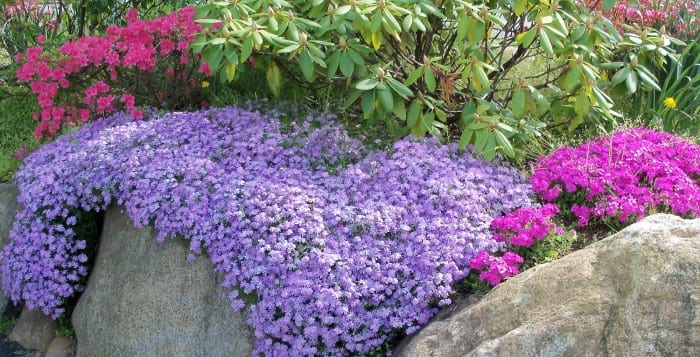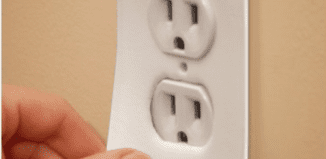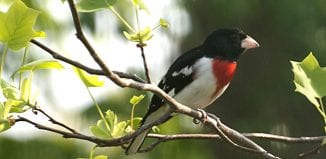Cover your garden with a blanket of phlox

By Ellen Barcel
Most people know that roses need a lot of sun to really thrive and put out lots of gorgeous flowers. Grasses, too, need enough sun to do their best. Hydrangeas need a lot of water — after all the name, hydrangea, literally means “water vessel.” On the other hand, cacti need very little water. One of the easiest ways of killing a cactus is by overwatering. Some plants, like blueberries, rhododendron and azaleas need a very acidic soil. But, are there plants that seem to do well everywhere? Actually, yes.
Phlox is an interesting genus of plants. Some are very small and are matlike. Others are tall. Some bloom in spring, some in summer and some in fall. Different varieties will grow in almost any environment — a very ubiquitous plant.
Phlox have been popular with home gardeners for over 100 years. The vast majority of phlox are native to North America. Of the over 60 species there are more than 100 varieties. Wow! While some grow in an alpine region others thrive in a prairielike environment.
There are some commonalities. For example, virtually all have flowers with five petals, sort of star shaped, that is. Another is the color of the flowers: white, pink, blue and purple predominate. They are fragrant, do well in hardiness zones 4 to 8 (although there are some that do well in a colder climate) and prefer a well-drained soil.
Most phlox used in gardens are perennials. They can be divided in spring or fall if the bed becomes overcrowded. There are basically two types available for the home gardener: the spring blooming creeping phlox, which are stunning in rock gardens and cascading down walls, and the summer flowering tall phlox.
Generally, phlox prefer full sun, but creeping phlox does well in some shade.
In many of my columns, I’ve noted where plants prefer an acidic, neutral or alkaline soil, but, phlox seem to be one of those plants that do well in almost any soil pH, as the Old Farmer’s Almanac says (6.0 to 8.0). And yes, they will do well even in soil with a lower pH, particularly the creeping phlox, which can tolerate levels as low as 5.7. This is particularly useful for the home gardener, who can plant phlox in with or near other plants that have very specific requirements.
But there are things to consider when planting them. Phlox can be prone to powdery mildew. Look for varieties that are noted as disease-resistant and plant where there is good air circulation.
I’ve seen contradictory information on whether phlox are deer-resistant. Some sources say yes, some say no.
So, you’ll have to see for yourself and consider a deer repellent of some sort if the deer in your area decide yours are very tasty.
Because there are so many different varieties of phlox that are adapted to so many different environments, it is particularly important with phlox to read and follow the information provided either in the gardening catalog or on the tag that comes with the plants you select. This way, you’ll be able to get the effect you desire.
Ellen Barcel is a freelance writer and master gardener. To reach Cornell Cooperative Extension and its master gardener program, call 727-7850.






